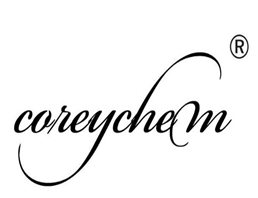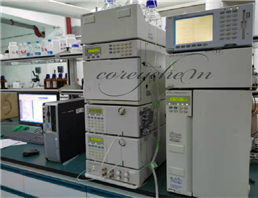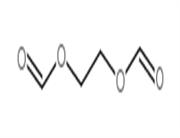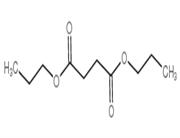Product Name: Naftifine
Synonyms: methyl-(1-naphthylmethyl)-[(E)-3-phenylallyl]amine;1-NaphthaleneMethanaMine,N-Methyl-N-[(2E)-3-phenyl-2-propen-1-yl]-;N-trans-Cinnamyl-N-methyl-(1-naphthylmethyl)amine Hydrochloride, ≥ 98.0%;naftifin;n-trans-cinnamyl-n-methyl-(1-naphthylmethyl)amine;NAFTIFINE;(e)-n-methyl-n-(1-naphthyl methyl)-3-phenyl-2-propen-1-amine;METHYL-NAPHTHALEN-1-YLMETHYL-((E)-3-PHENYL-ALLYL)-AMINE
CAS: 65472-88-0
MF: C21H21N.ClH
MW: 323.87
EINECS:
Product Categories:
Mol File: 65472-88-0.mol
Naftifine Structure
Naftifine Chemical Properties
Melting point 177 °C
Boiling point bp0.015 torr 162-167°
density 1.082±0.06 g/cm3(Predicted)
pka 7.99±0.50(Predicted)
Merck 6355
CAS DataBase Reference 65472-88-0(CAS DataBase Reference)
Safety Information
HS Code 29214990
MSDS Information
Naftifine Usage And Synthesis
Uses Naftifine (Naftin) is a synthetic allylamine derivative topical antifungal agent that works by blocking squalene 2,3-epoxidase, resulting in increased cell membrane permeability and cell death. It is structurally and pharmacologically related to terbinafine. It also has some antiinflammatory properties that may be due to its ability to alter chemotaxis by polymorphonucleocytes. It is most effective against dermatophytes, moderately active against molds, and less active against yeasts, including C. albicans.
Definition ChEBI: A tertiary amine in which the nitrogen is substituted by methyl, alpha-naphthylmethyl, and (1E)-cinnamyl groups. It is used (usually as its hydrochloride salt) for the treatment of fungal skin infections.
Brand name Naftin (Merz).

 China
China







